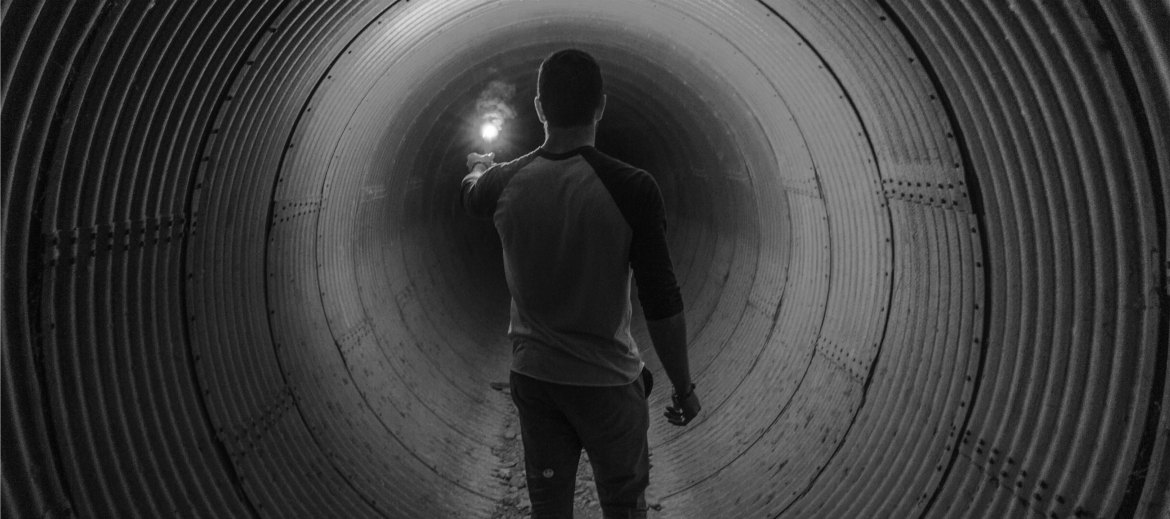Virtual reality is a budding software and hardware technology that provides users with the experience of another environment. Due to the complexity of creating a virtual world, building a virtual reality team requires candidates with a specific set of skills.
“You really need a creative group of people to be able to come together with technologists to create a compelling experience,” said Benjamin Lok, a professor in the department of computer and information science and engineering at the University of Florida. He also is a co-founder of Shadow Health Inc., a virtual reality company that helps health care students practice health assessments.
Virtual reality is already prominently used in some fields, such as gaming, with the potential to enter and improve in many others. Some fields that see virtual adoption on the horizon are video conferencing, aviation simulation, cyber therapy, education, real estate and construction management, and advertising. The industry projects to earn revenues of $38 billion by 2026, so what are the skills needed on a good virtual reality team?
Technology:
- Lok’s VR course teaches students how to use Unity 3-D software and the programming languages necessary to build virtual reality environments. Students learn Java and C# (pronounced see sharp) to use when coding.
- Lok also focuses on tracking, which is the ability for the technology to track a user’s head and hand movements in a virtual space. For example, moving one’s head to scan a virtual room would then produce an image that follows their line of sight.
- Graphic design is used to create images seen in virtual reality.
- Animation skills then become necessary to make the graphics move.
- Proficiency in audio design helps to make the virtual experience more lifelike.
Audience Development:
- Just as with traditional video games and movies, storytelling becomes necessary when writing for virtual reality, Lok said.
- User studies, or how people interact with a given technology product, are key when learning how to make the product for certain markets.
- Psychology helps virtual reality developers understand their audience to have the desired impact on users. Lok added that virtual reality doesn’t necessarily need high-quality graphics to affect the user; they just need the right cues to elicit a response. A product that simply looks cool likely won’t leave a lasting impression.
RELATED: What Skills Are Artificial Intelligence Students Learning?
Video:
- Stitching is a method of taking multiple camera shots and making them a smooth panorama or 360-degree image. Stitchers work with software such as AutoPano and Nuke, said Bill Macomber, CEO and CTO of Fancy Film, a boutique post-production facility based in Santa Monica, California, and specializing in independent film and virtual reality.
- For films, Macomber said workers need proficiency in Adobe’s video editing software, Premiere.
- Expertise in Adobe After Effects can allow users to make a previously 2-D movie 3-D.
- Basics of color correction also come in handy for film editing positions.
- Drones — used for capturing unique angles and video footage for virtual reality — require a pilot’s license to fly for commercial use.
Lauren Dixon is an associate editor at Talent Economy.















